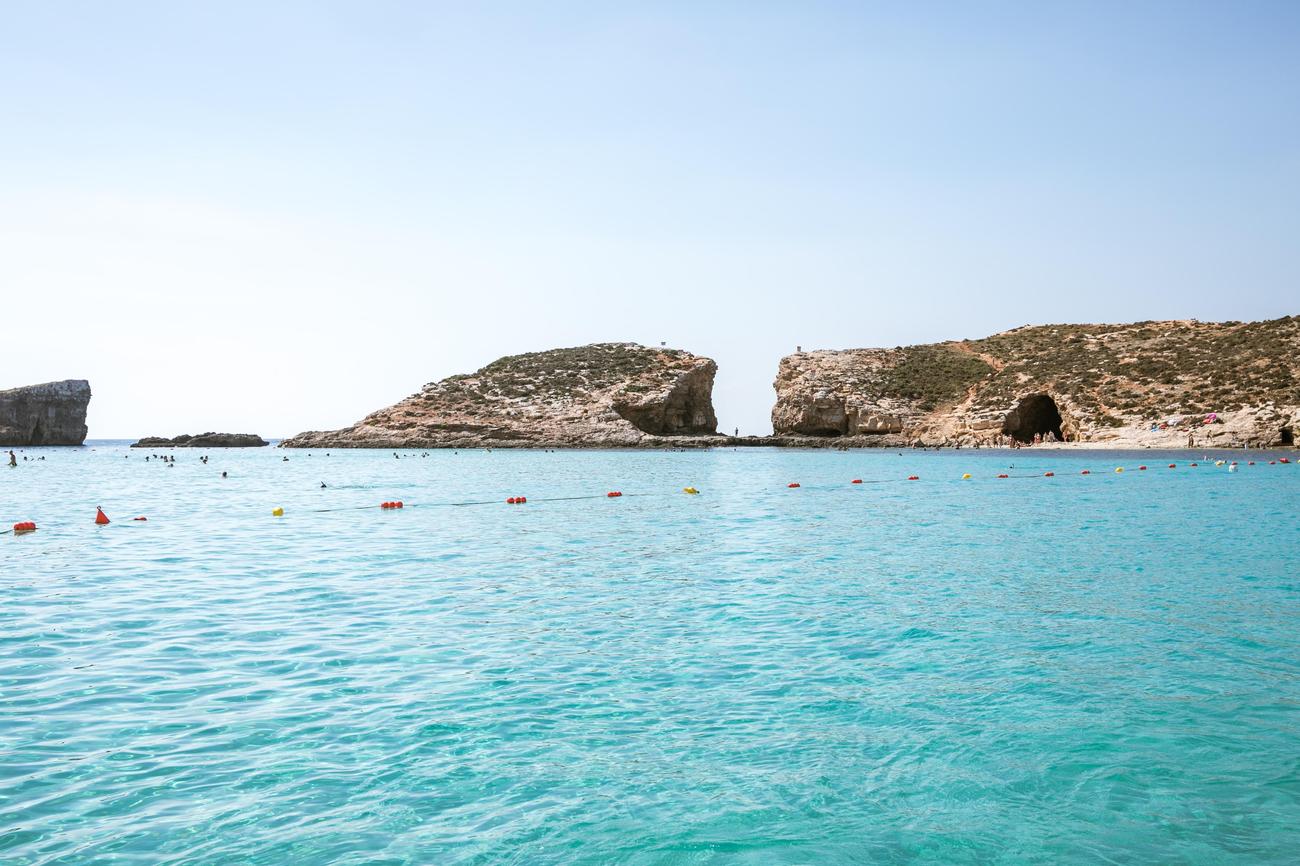Embark on a captivating journey through time as we unlock the secrets of Malta’s ancient civilizations. With a seasoned archaeologist and historian as your guide, this article delves deep into the rich cultural heritage of this mesmerizing archipelago. From the enigmatic Neolithic temples that predate the pyramids to the astonishing remnants of the Roman Empire, we will unravel the mysteries of Malta’s past and explore the fascinating interconnections between its ancient civilizations. Join us as we unveil the captivating stories and untold wonders of Malta’s profound archaeological legacy.

Ancient Civilizations in Malta
The mesmerizing archipelago of Malta holds within its rich soils the remnants of ancient civilizations that have shaped its vibrant history. Journey with me as we unlock the captivating secrets of Malta’s past, delving into the lives and legacies of the diverse cultures that once thrived here.
A Tapestry of Ancient Cultures
Malta’s intriguing timeline begins with the arrival of Stone Age farmers around 5,200 BC. These early settlers cultivated the land and left behind traces of their existence, offering us a glimpse into their daily lives. However, it is the temples that truly stand as testaments to the genius and ingenuity of ancient civilizations in Malta.
Between 3,600 and 2,500 BC, the temple builders meticulously constructed awe-inspiring structures that continue to amaze us to this day. With their massive stone blocks, precision engineering, and intricate carvings, these temples whisper tales of a civilization deeply connected to the spiritual realm. The mysteries concealed within the walls of these sanctuaries leave us wondering about the rituals, beliefs, and customs of those who built them.
“Stepping into these ancient temples, one can almost hear the echoes of prayers and feel the reverence that once filled these hallowed grounds.”
The Phoenician Influence
Later in Malta’s historical saga, around 800 BC, the Phoenicians arrived from Lebanon and established their presence on the island. Their name for the ancient capital city of Mdina, “Maleth,” meaning “shelter,” reflects the safe harbor it provided for them. This introduction of an overseas culture left an indelible mark, intertwining Malta’s destiny with that of the Phoenician traders.
“Malta’s connection to the Phoenicians symbolizes the island’s role as a key trading hub, where cultures converged and exchange flourished.”
Clashes of Empires
Over the centuries that followed, Malta became a battleground for powers vying for control of the Mediterranean. The Carthaginians, hailing from North Africa, took over around 400 BC and engaged in fierce conflict with the Romans. Ultimately, the Romans emerged victorious, conquering Malta in 218 BC.
Through Roman rule, Malta experienced a cultural metamorphosis. The influence of Christianity reached the island through Saint Paul’s shipwreck around 60 AD, forever leaving an imprint on the Maltese people and their faith.
“The shipwreck of Saint Paul blazed a trail of Christianity across Malta, shaping its religious landscape for centuries to come.”
Withstanding the Tides of Change
In the 4th century AD, Byzantine forces took hold of Malta, defending it against the Vandals and the Goths. The Byzantines ensured stability and safeguarded the island’s cultural heritage in the face of external threats.
However, no tale of Malta’s ancient civilizations is complete without the influence of the Arabs. In 870 AD, they invaded the island, leaving an indelible mark on its language, culture, and architecture. Their presence forever altered the course of history for Malta, adding yet another layer to its complex tapestry of civilizations.
“The arrival of the Arabs reshaped Malta once again, leaving its enigmatic imprint on the island’s identity.”
Unveiling the Past, Preserving the Legacy
As we explore the ancient civilizations of Malta, we become witnesses to the interwoven threads of history that have shaped this remarkable island. From the Stone Age farmers to the Phoenicians, Carthaginians, Romans, Byzantines, and Arabs, each civilization has left behind a timeless legacy, etched into the very fabric of Malta’s being.
Through the diligent work of archaeologists and historians, we strive to unveil the past, guiding us through the intricate tapestry of ancient Malta. With every discovery, we gain valuable insights into the rich cultural heritage that has shaped this Mediterranean jewel.
So, join me on this fascinating journey through time as we unlock the enigma of Malta’s ancient civilizations, piece by intriguing piece.
“In the pursuit of unraveling Malta’s mysteries, we must remember that every crumbled stone holds within it a story waiting to be heard.”
Malta, with its rich history dating back thousands of years, is a treasure trove of fascinating historical facts. From the ancient temples of Ħaġar Qim and Mnajdra to the medieval city of Mdina, this tiny island nation has witnessed countless events that have shaped its present-day identity. Delve into the intriguing world of Malta’s past and uncover the mysteries hidden within its archaeological sites and architectural wonders.
If you’re curious to discover more about the historical facts surrounding Malta, click here to explore them in detail: Historical Facts About Malta

FAQ
Question 1:
When did Stone Age farmers arrive in Malta?
Answer 1:
Stone Age farmers arrived in Malta around 5,200 BC.
Question 2:
What time period did the construction of temples in Malta occur?
Answer 2:
The construction of temples in Malta took place between 3,600 and 2,500 BC.
Question 3:
Who were the Phoenicians and when did they arrive in Malta?
Answer 3:
The Phoenicians were from Lebanon and they sailed to Malta around 800 BC, naming Mdina as Maleth, meaning “shelter”.
Question 4:
Which ancient civilization ruled Malta around 400 BC and fought against the Romans?
Answer 4:
The Carthaginians from North Africa ruled Malta around 400 BC and fought against the Romans.
Question 5:
When did the Romans conquer Malta and how did Christianity arrive on the island?
Answer 5:
The Romans conquered Malta in 218 BC and brought Christianity to the island through Saint Paul’s shipwreck around 60 AD.














